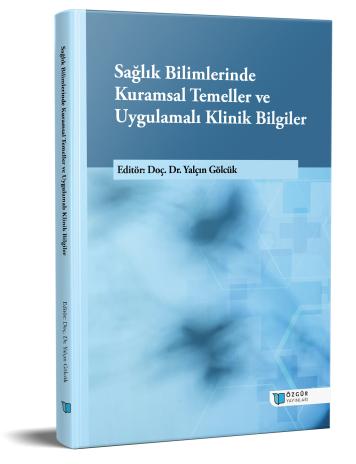
Sarcopenia Management in Geriatric Critically Ill Patients
Chapter from the book:
Gölcük,
Y.
(ed.)
2025.
Theoretical Foundations and Applied Clinical Knowledge in the Health Sciences.
Synopsis
Sarcopenia, defined as a progressive decline in skeletal muscle mass, strength, and function associated with aging, constitutes a major determinant of morbidity and mortality in geriatric critically ill patients. During intensive care unit (ICU) stay, systemic inflammation, catabolic stress, immobility, and inadequate nutrition synergistically exacerbate the development and severity of sarcopenia. The literature demonstrates that sarcopenia more than doubles mortality risk and significantly prolongs mechanical ventilation duration and hospital length of stay. Diagnostic approaches include the SARC-F questionnaire, computed tomography (particularly the L3 skeletal muscle index), and ultrasonography, the latter offering bedside applicability, non-invasiveness, and reproducibility. Sarcopenia adversely affects not only acute clinical outcomes but also post-discharge functional capacity, respiratory performance, and long-term survival. Differentiation from cachexia and frailty, frequently coexisting syndromes, is clinically essential. Management requires a multidisciplinary strategy encompassing early diagnosis, optimized protein-energy intake, leucine and β-hydroxy β-methylbutyrate supplementation, vitamin D replacement, and early mobilization. Resistance training and neuromuscular electrical stimulation represent key interventions for preserving muscle mass and functionality. When identified early, sarcopenia may be a reversible condition; therefore, future research should prioritize ICU-specific standardized diagnostic and therapeutic protocols and personalized intervention strategies to improve clinical and functional outcomes. In this chapter, the epidemiology, pathophysiology, diagnostic methods, and current management strategies of sarcopenia in geriatric critically ill patients have been comprehensively discussed.

